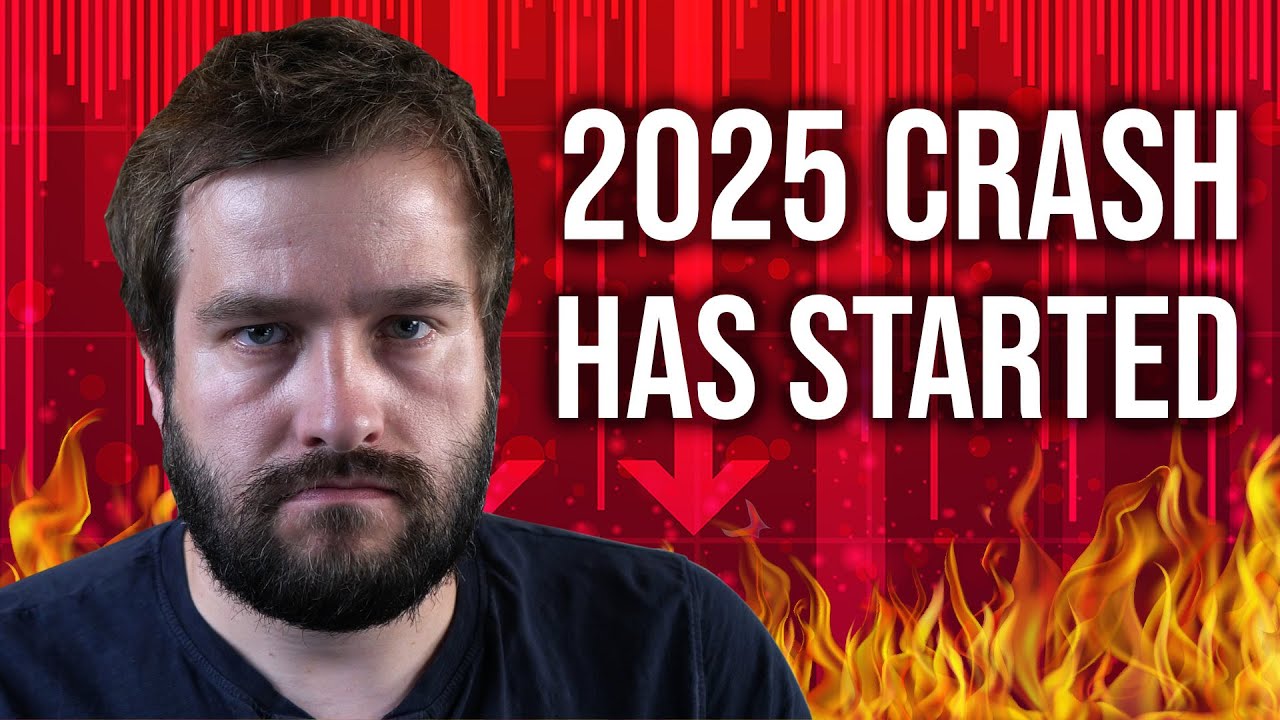In the video, Sasha discusses a significant stock market crash impacting tech stocks, particularly those linked to AI, following the unexpected release of a competitive large language model by a lesser-known Chinese company, Deep Seek. This situation raises concerns about the overvaluation of major tech firms and the sustainability of their AI investments, suggesting that the market may be witnessing the bursting of an AI bubble.
In the video, Sasha discusses a significant crash in the stock market, particularly affecting tech stocks tied to artificial intelligence (AI). The S&P 500 is down 2.5%, while the NASDAQ 100 index has dropped 4.2%. Major tech companies like Nvidia, Microsoft, Meta, and Palantir are experiencing substantial losses, with Nvidia alone losing over 11% of its market value, equating to around $300 billion. This downturn is attributed to a panic triggered by the unexpected release of a new large language model (LLM) from a little-known Chinese company called Deep Seek, which reportedly outperforms existing models from established players like OpenAI.
Deep Seek’s model was developed with a remarkably low budget of just $6 million, raising questions about the massive investments made by major tech companies in AI infrastructure. For instance, companies like Microsoft and Meta have announced expenditures in the tens of billions for AI development. The stark contrast between Deep Seek’s costs and the exorbitant spending of these tech giants has led to speculation that the latter may be overvalued and wasting resources on AI initiatives that may not be necessary.
The video further explores the implications of Deep Seek’s success, suggesting that if they can achieve comparable results with minimal investment, it could indicate that the AI technology landscape is becoming commoditized. This would challenge the current valuations of companies like Nvidia, whose worth is heavily tied to the sales of expensive graphics cards used for AI training. If cheaper alternatives exist, the market may need to reassess the financial viability of these tech giants and their AI strategies.
Sasha also draws parallels between the current AI hype and past tech bubbles, questioning whether the stock market has overvalued AI companies based on unrealistic expectations. He highlights that while LLMs are useful tools, they may not hold the transformative value that investors anticipate. The video references historical tech innovations, suggesting that just because a technology can improve processes does not guarantee widespread adoption or significant financial returns.
In conclusion, the video raises critical questions about the future of AI and its impact on the stock market. As the market reacts to the potential commoditization of AI technology, investors are left wondering if the current valuations are sustainable or if they are witnessing the bursting of an AI bubble. Sasha emphasizes the need for a cautious approach, as the promise of AI may not translate into the expected revolutionary changes or profits, echoing sentiments from past tech market corrections.
